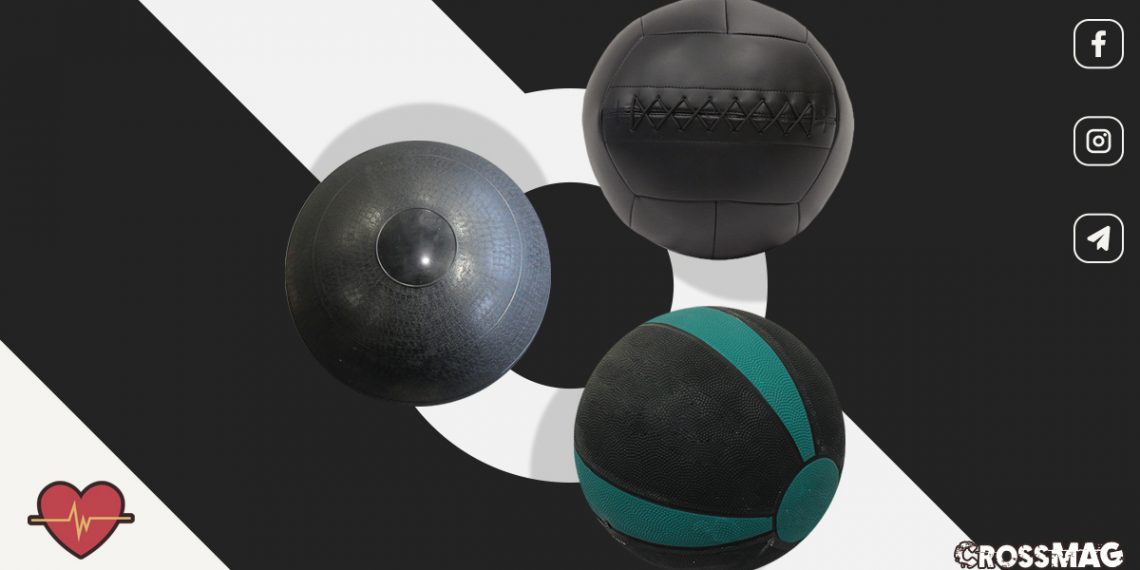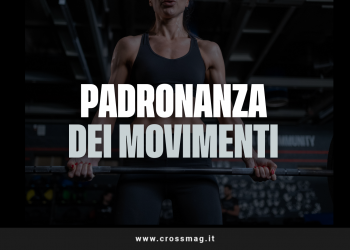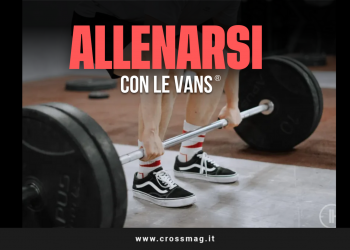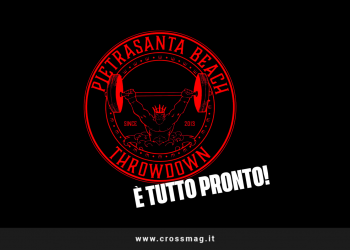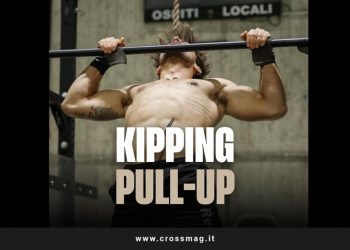In the pits they can be found various types of ball and they all have different utilities. There is always a lot of confusion when it comes to slam ball and medicine ball. So today we will see in detail these three models, widely used in various wods.
Each of them is slightly different, so it is important to know the basics to choose the ideal one for the intended use.
The differences between a Slam Ball and Medicine Ball can cause some confusion, even the “Wall Ball” exercise is called into question when we talk about these equipments. A simple Google search is enough to understand that even the suppliers themselves contribute to creating chaos with images that are not always consistent with the product:
Index
SLAM BALL ON GOOGLE SEARCH:
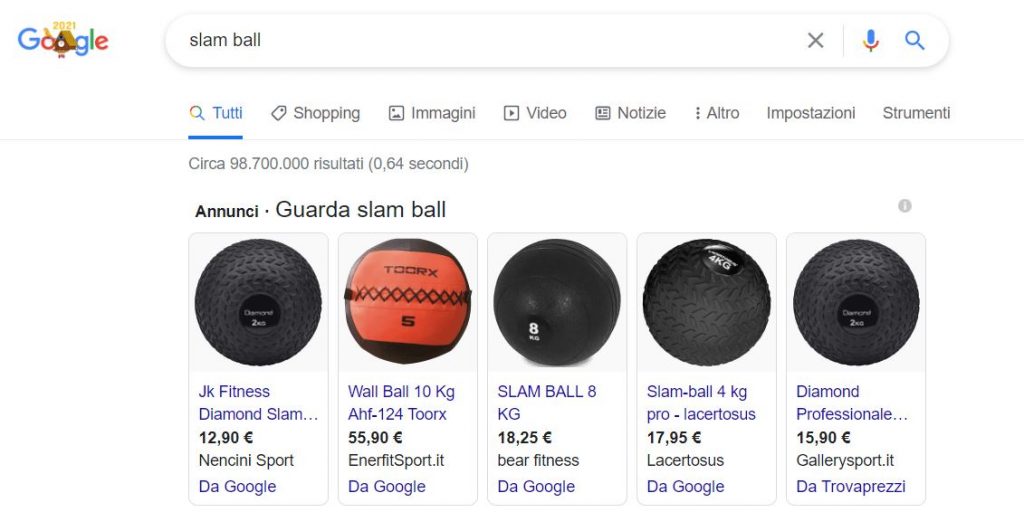
WALL BALL ON GOOGLE SEARCH:

BALL MEDICINES ON GOOGLE SEARCH:
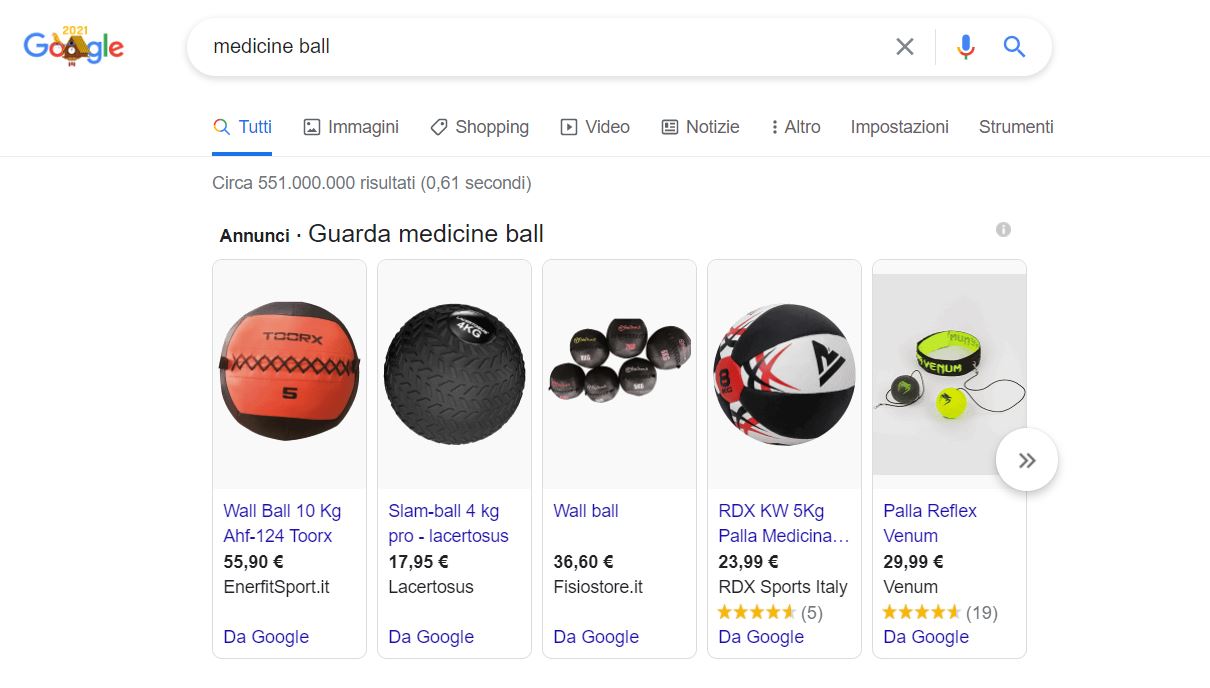
Below are descriptions of the three most commonly used ball types in functional training and CrossFit, along with examples of typical exercises and ball specifications.
What is a slam ball?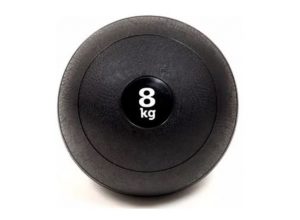
Texture: soft
Weight: 3-20KG
Rebound: zero
Diameter: 20cm
The Slam Ball is there stronger ball and hardy of the group.
They are made with a very resistant rubber or vinyl shell. The ball is filled with iron sand, are very compact and soft to the touch. Usually small with approx 20 cm in diameter. The Slam Ball does not bounce on the ground, indeed, it absorbs any impact thanks to its softness.
As the name implies, they are bound to hit the ground hard.
* NB: "Slam" in English means to throw something hard to the ground.
Another important feature is that they have a unstable center of gravity because iron sand has a tendency to move inside the ball, causing the center of gravity to shift. Consequently, it is not suitable to be thrown, nor to be pinch (made with three fingers) up in the air.
Exercises: It is mainly used for Slam exercises, an optimal exercise for the development of force.
The athlete lifts the ball over his head and throws it to the ground with force, then executes one squatting to grab it and repeat it for 10-15 times for 3 rounds.
This improves cardiovascular fitness, along with the overall strength of the shoulders, triceps, abdomen, hips, glutes, calves and back.
What is a medicine ball or madball?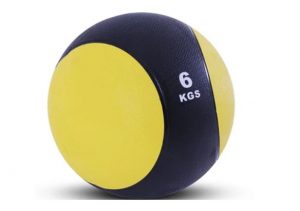
Texture: like a basketball
Weight: 1-10KG
Rebound: high
Diameter: 25cm
Le madball they are available in a variety of designs.
The distinctive features are one firm consistency and with a good grip, the size and feel is of a basketball, owns a high rebound when it falls to the ground.
Most are made of leather, rubber, vinyl or plastic. Unlike the Grand Slams, Medicine they must not be thrown with force against the ground: they have a high rebound and easily go out of control, they are not designed for this type of use!
Exercises: Support pushups, Plank.
The madball is great for abdominal training. There are a ton of exercises and movements that can be done to train the core with this tool.
What about wall balls?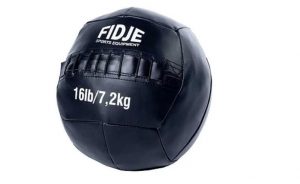
Texture: soft
Weight: 3-12 kg
Rebound: medium
Diameter: 35cm
As the name suggests, these balls they are used for the exercises they do in some way use of walls.
The "wall balls" they are still medicine balls (madball) but they are designed for absorb the impact and at the same time they have a slight rebound, which allows them to return to the athlete after hitting the wall.
An important feature of the ball for Wall Ball is its texture, which allows you to apply a lot of force by throwing it against the wall or in the air, and catch it with comfort and safety given its softness.
If you try to do this exercise with a classic madball, it will easily escape you due to its very high bounce characteristic.
The right ones are made of vinyl on the outer layer and filled on the inside with foam flakes and tire powder, distributed and fixed to give balance and avoid its internal displacement, thus maintaining unchanged its center of gravity.
Exercises: Ball to the wall: front throw. Exercises that take advantage of it offer a wide variety of benefits and work on virtually all muscle groups in the body. There are however some things that no one has ever told you about wall balls!
We have activated a lot of discounts on Amazon: from 30 to 70% on all sports categories! It's all on our dedicated channel
SUBSCRIBE HERE TO THE TELEGRAM CHANNEL

